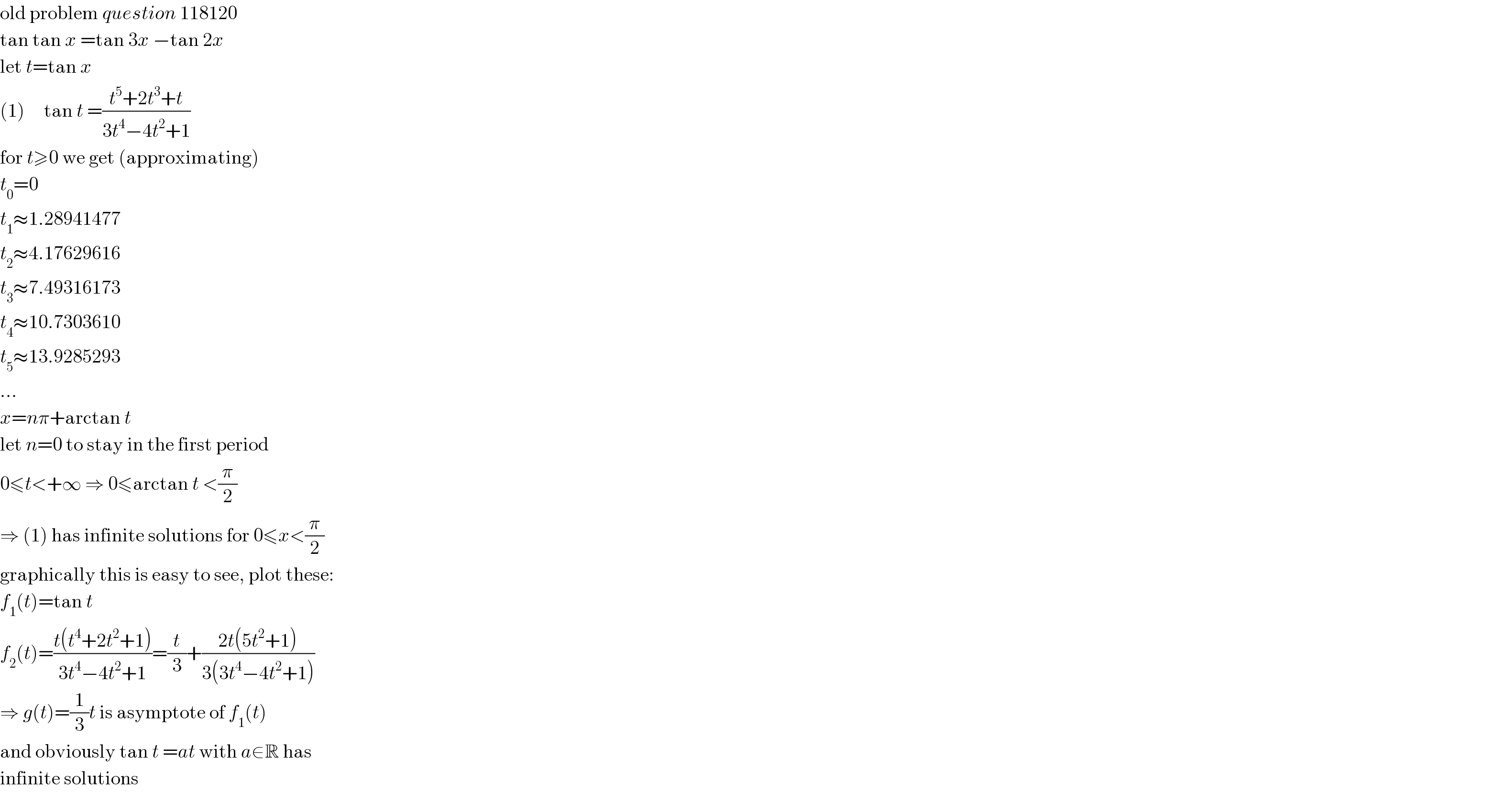
Question and Answers Forum
Question Number 118371 by MJS_new last updated on 17/Oct/20

Commented by prakash jain last updated on 17/Oct/20

| ||
Question and Answers Forum | ||
Question Number 118371 by MJS_new last updated on 17/Oct/20 | ||
 | ||
Commented by prakash jain last updated on 17/Oct/20 | ||
 | ||